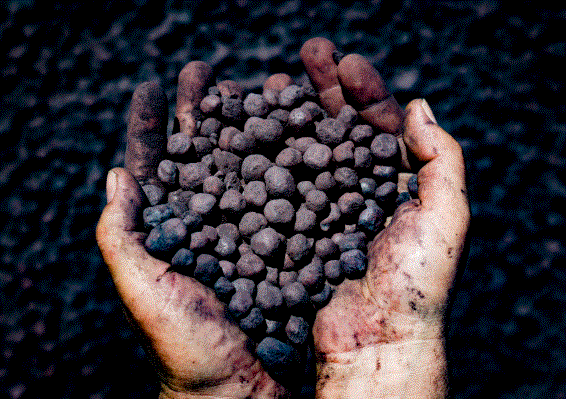Iron ore futures dipped on high port stocks accumulated over the holidays period, while steel demand slowed from output cut from Tangshan.
The most-traded iron ore for January 2021 delivery on China’s Dalian Commodity Exchange dropped by 1.57% day-on-day to RMB 813 per tonne on Tuesday.
The steel rebar contract on the Shanghai Futures Exchange was largely flat and posted a small loss of 0.25% day-on-day to RMB 3,628 per tonne.
High iron ore imports over Jan-Sep 2020 period
China imported a total of 784.1 million mt of iron ore over the Jan-Sep period, up 10.8% year-on-year, according to the country’s General Administration of Customs.
In September alone, the country imported 108.5 million mt of iron ore, up 8.2% month-on-month. This accounted almost 14% of the total imported volume for the first nine months of the year, as Chinese mills restocked ahead of the Golden week holidays in early October.
The high monthly import was also due to stable iron ore shipments from Australia to China, as Port Hedland exported around 39.7 million tonnes of iron ore to China in September, down slightly by 1% month-on-month, but 10.3% higher on yearly basis.
Some trade participants doubted whether the market will be able to consume the build-up of steel and iron ore stocks over the past weeks, since steel output cut was introduced in early October.
Lower rebar output in early October
China’s rebar production reached 3.6 million mt over the Oct 1-7 period among 137 steel mills, down 3.6% week-on-week, according to Mysteel.
The decline of rebar production was attributed to many routine maintenances of steel mills scheduled for their blast-furnaces and electric-arc-furnaces during the Golden week holidays.
Moreover, the city authority of Tangshan had ordered steel mills to cut blast furnace outputs by 10-45% of capacity at the start of October to comply with environmental emission control.
